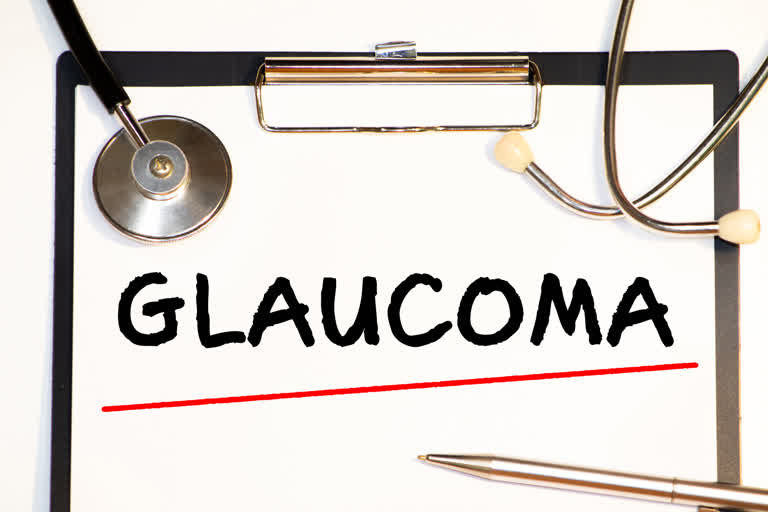Smartphones, often blamed for eye strains and other problems, can also come to your aid as researchers have found that these devices could be used to scan people's eyes for early-warning signs of glaucoma, helping to prevent severe ocular diseases and blindness. Glaucoma is a disease of the optic nerve, which is estimated to affect 79.6 million people worldwide and, if left untreated, causes irreversible damage.
In most cases, blindness can be prevented with appropriate control and treatment. Glaucoma is associated with elevated levels of intraocular pressure (IOP) and an accurate, non-invasive way of monitoring an individual's IOP over an extended period would help to significantly increase their chances of maintaining their vision.
Sound waves used as a mobile measurement method would detect increasing values of IOP, prompting early diagnosis and treatment. The study, published in the journal Engineering Reports showed that scientists at the University of Birmingham in Britain have successfully carried out experiments using soundwaves and an eye model.
"We discovered a relationship between the internal pressure of an object and its acoustic reflection coefficient," said Khamis Essa, Director of the Advanced Manufacturing Group at the University of Birmingham. "With further investigation into eye geometry and how this affects the interaction with soundwaves, it is possible to use a smartphone to accurately measure IOP from the comfort of the user's home."
Risk factors for other eye diseases are easier to assess, for example, in the case of diabetic retinopathy, individuals with diabetes are specifically at risk and are constantly monitored for tiny bulges that develop in the blood vessels of the eye. Intraocular pressure is a vital measurement of healthy vision, defined as the pressure created by the continued renewal of eye fluids. Ocular hypertension is caused by an imbalance in the production and drainage of aqueous fluid, most common in older adults. Risk increases with age, in turn, increasing the likelihood of individuals developing glaucoma.
Smartphones May Help Keep Glaucoma Blindness At Bay
What causes Glaucoma Blindness? Can blindness from glaucoma be reversed? Glaucoma is a condition that damages your eye's optic nerve. The study, published in the journal Engineering Reports showed that scientists at the University of Birmingham in Britain have successfully carried out experiments using soundwaves and an eye model.

Smartphones, often blamed for eye strains and other problems, can also come to your aid as researchers have found that these devices could be used to scan people's eyes for early-warning signs of glaucoma, helping to prevent severe ocular diseases and blindness. Glaucoma is a disease of the optic nerve, which is estimated to affect 79.6 million people worldwide and, if left untreated, causes irreversible damage.
In most cases, blindness can be prevented with appropriate control and treatment. Glaucoma is associated with elevated levels of intraocular pressure (IOP) and an accurate, non-invasive way of monitoring an individual's IOP over an extended period would help to significantly increase their chances of maintaining their vision.
Sound waves used as a mobile measurement method would detect increasing values of IOP, prompting early diagnosis and treatment. The study, published in the journal Engineering Reports showed that scientists at the University of Birmingham in Britain have successfully carried out experiments using soundwaves and an eye model.
"We discovered a relationship between the internal pressure of an object and its acoustic reflection coefficient," said Khamis Essa, Director of the Advanced Manufacturing Group at the University of Birmingham. "With further investigation into eye geometry and how this affects the interaction with soundwaves, it is possible to use a smartphone to accurately measure IOP from the comfort of the user's home."
Risk factors for other eye diseases are easier to assess, for example, in the case of diabetic retinopathy, individuals with diabetes are specifically at risk and are constantly monitored for tiny bulges that develop in the blood vessels of the eye. Intraocular pressure is a vital measurement of healthy vision, defined as the pressure created by the continued renewal of eye fluids. Ocular hypertension is caused by an imbalance in the production and drainage of aqueous fluid, most common in older adults. Risk increases with age, in turn, increasing the likelihood of individuals developing glaucoma.


